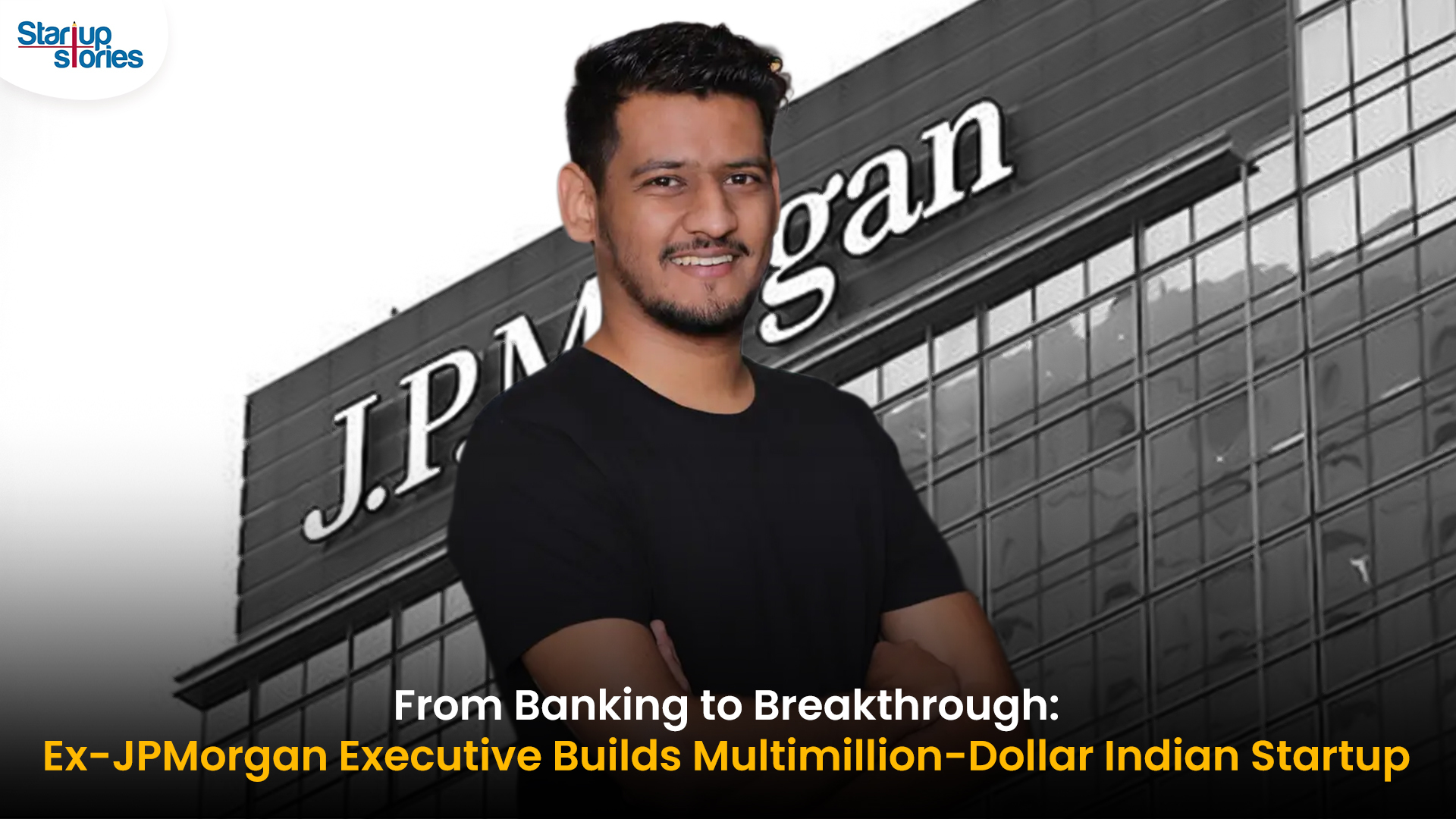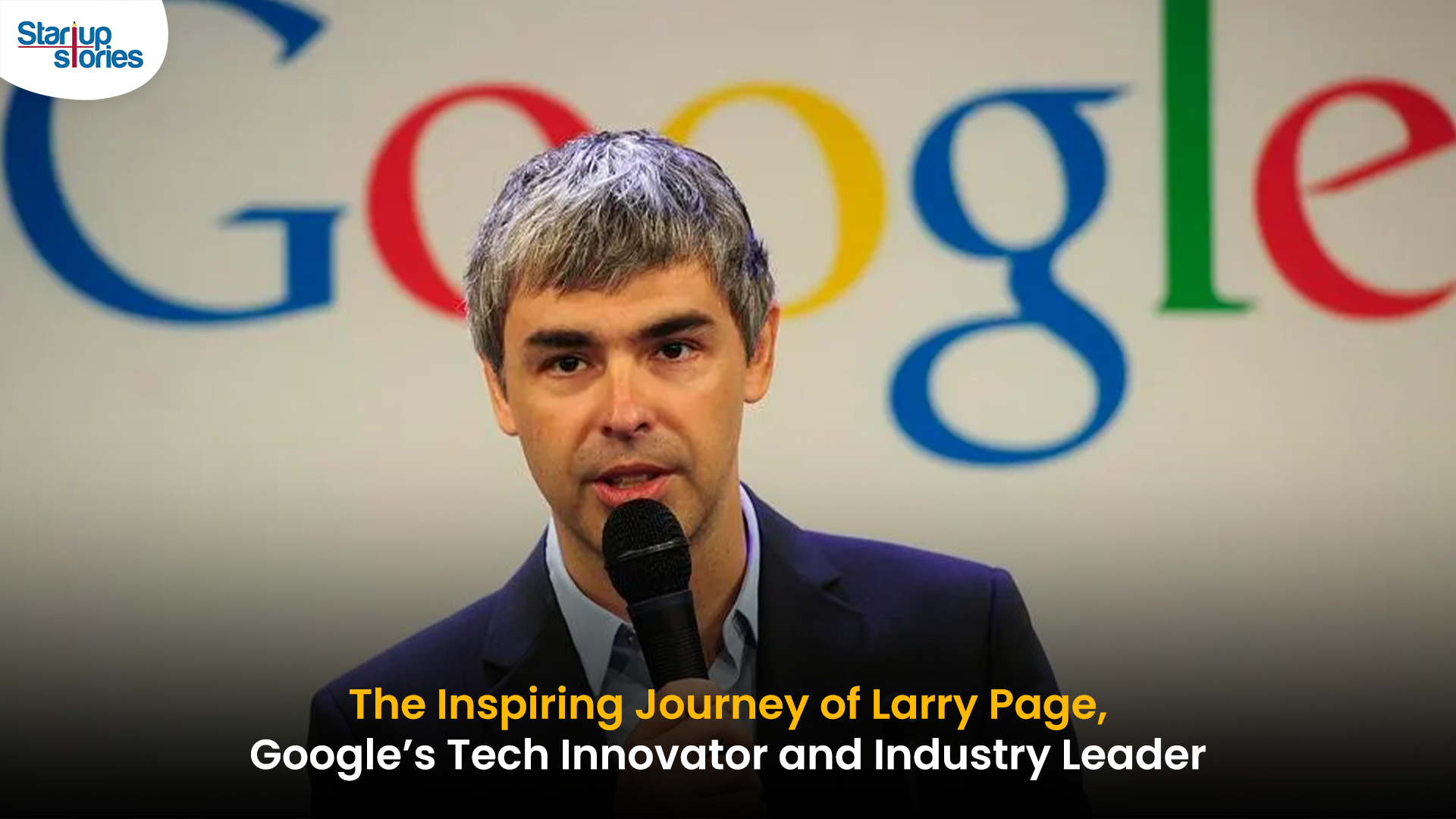Entrepreneur Stories
YouTube: The Founding Story And How It Came To Be

Before YouTube became YouTube, the world was a different place. Netflix meant DVDs, video referred to the television and the internet meant simple texts and pictures. Everything changed in a mere 20 months when four former PayPal employees (Stan Chen, Chad Hurley and Karim) decided to find a creative solution to a problem they had been taxed with: that of no common platform for finding and sharing viral content.
The journey began with a possibly fictitious dinner party in San Francisco and ended with a breakfast at Denny’s in Redwood City, California. The digital world was transformed in the midst of maxed out credit cards, arguments over copyrights, humungous rats, a cameo by MC Hammer and the exit of a third, mysterious founder. When one of the most monumentous dinners of history was over, the world changed completely.
While it started off as a unique sharing platform, YouTube came with its own share of troubles and complications. From the beginning to now, YouTube has changed the way the world work. Every day, 800 million users visit YouTube, around 60 hours of videos are uploaded, about 500 tweets are tweeted with a YouTube link and over 3 billion hours of video are watched each month.
From just being just an idea at a dinner table, YouTube was first officially registered on Valentine’s Day in 2005. The founders officially launched the beta version in May the same year and from there, the rest was just history! Interestingly, while the name for YouTube may have been registered on Valentine’s Day in 2005, the work on creating one of the most iconic sites of all times started way before that.
In the beginning, it was quite hard to describe what YouTube really was. For a long time, the founders called it a dating site as back then, none really existed. Through the years, with more original content coming in than could be kept track of, the site became what it is today. Just when YouTube reached its peak, Karim exited. The premature exit of one of its founders left the other two in a fix.
It took a while for Hurley and Chen to come to terms with Karim’s departure, a task which came to them after explaining to the promoters the reason for his exit. Thanks to the right timing of the launch, however, the website took off with great numbers. The team steadily grew and when it was at its peak, Google approached the two remaining founders with a takeover proposition.
Julie Supan worked at Inktomi during the first dot-com crash, then moved to Minnesota to work at Best Buy. Mark Dempster, who was then at Sequoia, knew Supan. When she returned to Silicon Valley in 2005, he called her and suggested she run the marketing division in YouTube.
Supan joined in September 2005 and for many weeks, she and the two founders brainstormed in endless whiteboard sessions about what YouTube stood for. Eventually, they positioned YouTube as a broadcast medium for average people. A press release on 7 November in the same year from YouTube described it as “a consumer media company for people to watch and share original videos through a Web experience.”
That one statement was enough to change the public perception of this strange and unique website. While we take a moment to appreciate the fact that the first YouTube video was uploaded Today, it is but pertinent to take into account the amount of time, hard work and effort gone into building one of the largest and most widely used content sharing platform in the world!
Videos
T.N. Seshan: The Fearless Reformer Who Redefined Indian Democracy
T.N. Seshan’s name stands tall in India’s history as the man who transformed the nation’s electoral system with extraordinary courage and integrity. Born in 1932 in Kerala, Seshan grew up with values of discipline, education, and service to the nation — virtues that shaped his illustrious journey. From his early brilliance at Madras Christian College to his advanced studies in public administration at Harvard University, Seshan’s path reflected rare determination and intellect. Joining the Indian Administrative Service in 1955, he built a reputation as a no‑nonsense officer committed to efficiency and honesty, serving in key roles such as Secretary of Defense and overseeing vital national programs.
As the Chief Election Commissioner of India in 1990, T.N. Seshan sparked a new era of electoral integrity. In a system once marred by corruption, violence, and malpractice, Seshan brought order, fear, and respect through his groundbreaking reforms. He introduced voter ID cards, imposed strict spending limits on campaigns, and insisted on transparency at every level of the election process. Despite criticism from political circles that labeled him dictatorial, his relentless pursuit of fairness empowered every citizen to vote fearlessly. Under his leadership, the Election Commission became a symbol of strength and integrity in Indian democracy.
Seshan’s passing in November 2019 marked the end of an era, but his message continues to resonate across generations. Leaders from every corner of the country mourned the loss of the man who restored faith in free and fair elections. His enduring legacy reminds us that true leadership lies not in wielding power, but in serving people with honesty, courage, and conviction. T.N. Seshan’s life remains a timeless inspiration a reminder that democracy thrives only when its citizens are vigilant, responsible, and fearless.
Entrepreneur Stories
Indian Man Quits JPMorgan, Takes 70% Pay Cut to Launch $6 Million Startup

Leaving behind a high-paying job at JPMorgan, an Indian entrepreneur embraced a 70% salary cut to pursue true purpose and passion in the startup world. Disenchanted with what he described as a “robotic” corporate routine, he sought meaningful work that made a real impact. This pivotal decision marked the beginning of his new journey, one focused on value creation rather than titles and corporate perks.
Powered by resilience and fresh perspective, the entrepreneur launched his own startup, prioritizing innovation and hands-on solutions. The road was challenging, but his vision resonated with the market: the startup quickly gained traction and raised $6 million—an impressive acknowledgement of its potential in a competitive landscape. Every hard lesson from early setbacks and bootstrapping paid off in real customer growth and investor confidence.
Today, his journey stands as an inspiring example for professionals seeking authentic success outside the corporate grind. By trading comfort for creative freedom, he grew a venture that solves important problems, generates jobs, and builds wealth beyond just salary. For ambitious founders, his story highlights the power of risk-taking, adaptability, and relentless focus on impact in India’s thriving startup ecosystem.
Videos
Larry Page: The Visionary Co-Founder Behind Google’s Global Success

Larry Page is a visionary technology entrepreneur and co-founder of Google, one of the world’s most influential companies. Born in 1973 in Michigan, Page grew up surrounded by computer technology, which inspired his passion for innovation from an early age. He studied computer engineering at the University of Michigan and later pursued his PhD at Stanford University, where he developed the revolutionary PageRank algorithm with Sergey Brin. This technology fundamentally changed the way search engines rank websites, making Google the most accurate and popular search engine globally.
The journey of Larry Page and Google began in 1998 when they officially launched the search engine from a small garage. Leveraging their unique algorithm, Google quickly surpassed competitors due to its ability to deliver highly relevant search results, transforming internet search forever. Under Larry Page’s leadership as CEO, Google expanded beyond search to launch groundbreaking products including YouTube, Gmail, and Google Maps, turning it into a global tech powerhouse that shapes how we access and interact with information online.
Larry Page later became the CEO of Google’s parent company, Alphabet Inc., driving innovation and investment in next-generation technologies such as artificial intelligence, autonomous vehicles, and healthcare solutions. His visionary leadership and commitment to technological advancement have cemented his legacy as one of the most influential figures in the tech industry. Today, Larry Page remains a key influencer in shaping the future of technology and digital innovation worldwide.












GO88
November 7, 2025 at 1:07 pm
Tham gia cộng đồng game thủ tại Go88 để trải nghiệm các trò chơi bài, poker phổ biến nhất hiện nay.
MM88
November 7, 2025 at 1:23 pm
Khám phá thế giới giải trí trực tuyến đỉnh cao tại MM88, nơi mang đến những trải nghiệm cá cược thể thao và casino sống động.
站群程序
November 9, 2025 at 9:34 pm
采用高效谷歌站群策略,快速提升网站在搜索引擎中的可见性与权重。谷歌站群
Kuwin
November 12, 2025 at 7:07 am
kuwin sở hữu kho game đa dạng từ slot đến trò chơi bài đổi thưởng, mang đến cho bạn những giây phút giải trí tuyệt vời.
谷歌站群
November 14, 2025 at 2:46 am
专业构建与管理谷歌站群网络,助力品牌实现全域流量的强势增长。谷歌站群
J88
November 19, 2025 at 6:24 pm
Đến với J88, bạn sẽ được trải nghiệm dịch vụ cá cược chuyên nghiệp cùng hàng ngàn sự kiện khuyến mãi độc quyền.
MM88
November 30, 2025 at 6:32 am
Với giao diện mượt mà và ưu đãi hấp dẫn, MM88 là lựa chọn lý tưởng cho các tín đồ giải trí trực tuyến.